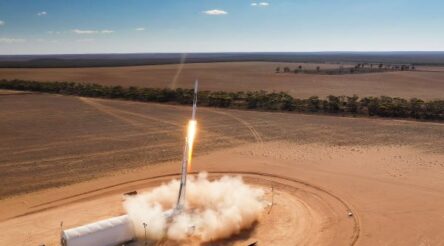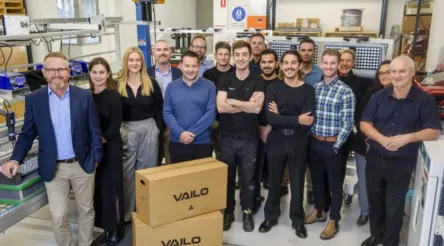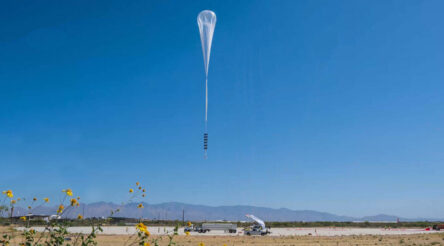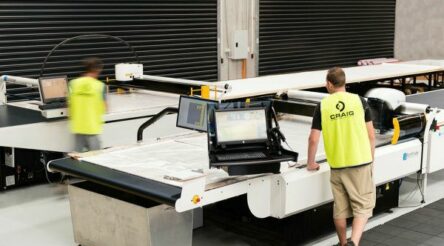Towards 3% R&D – The Statistics Do Not Lie By Dr John Howard
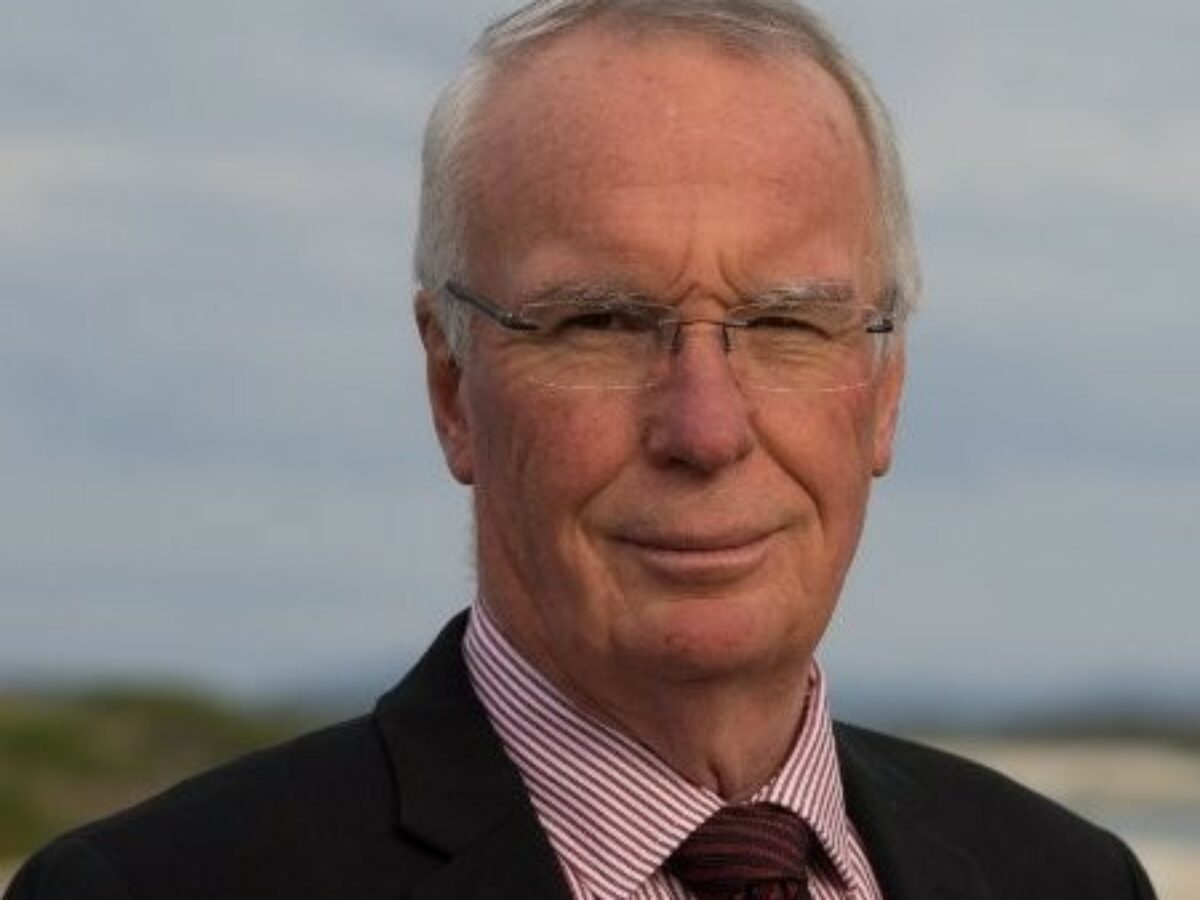
Today @AuManufacturing launches its new editorial series – Towards 3% R&D – Turbocharging Australia’s Innovation Effort – with the facts about the crash in R&D over the past decade. Here in this edited excerpt (full paper link below) Dr John Howard details the innovation slump.
In 1981, Australia spent 0.90% of its GDP on R&D — the lowest among its major trading partners Japan, Korea, the UK, USA, China, and Taiwan.
Forty years later, in 2021, the proportion is still the lowest, at 1.68%. Not only that Australia is falling further behind in its commitment to R&D – government has set a 3% ‘benchmark’ for national R&D spending.
Over the 40-year period, things looked good until 2008, when Australian R&D reached a peak of 2.24% of GDP which was close to the OECD average of 2.28%. Then it collapsed.
Since 2008, the Australian economy has grown by exporting mineral and energy resources, which have paid for imports of manufactured products. These products are consumed by a growing population stimulated by high levels of immigration. Many of these resource companies made substantial investments in R&D in Australia.
R&D undertaken by the resources sector is now being undertaken globally while these companies have also shifted their focus to sustainable energy technologies.
The sectoral distribution of R&D expenditure
In Australia, as in most other countries, the business sector undertakes the largest proportion of R&D in GDP, but that proportion peaked in 2008 — at 1.37% — and has declined to 0.92% in 2019.
This collapse in business R&D, together with a trend decline in government expenditure on R&D since 1995, has been the major source of Australia’s R&D problem.
If it hadn’t been for a growth in higher education expenditure on R&D which has trended upward since 2000, Australia’s overall R&D performance would have been much worse.
@AuManufacturing will publish contributions from readers for our series – Towards 3% R&D – turbocharging our national innovation effort – for the next month and in an e-Book, and we urge you to contribute. Call Peter Roberts, 0419 140679 or write to [email protected].
The collapse in business R&D has occurred entirely in large companies. Globally, within this large company cohort, business research and development investment is heavily concentrated in the motor vehicle, pharmaceuticals, and technology industries.
Australia no longer has any global motor vehicle companies doing R&D in Australia, and only one indigenous global pharmaceutical company (CSL).
Technology companies with substantial product sales in Australia such as Microsoft, Apple, Oracle and Cisco do little, if any, R&D in Australia.
When government steps in
These and other large corporations outsource aspects of their R&D, and countries compete intensely for a slice of this investment. However, unlike other countries, Australian Commonwealth and State foreign direct investment strategies do not target R&D investment.
The focus tends to be on ‘creating jobs — any jobs. States tend to compete with each other rather than take a ‘one Australia’ approach.
It is disappointing that the proportion of Government expenditure on R&D has fallen from 0.41% of GDP in 1981 to 0.17% in 2020.
This reflects the Commonwealth Government’s failure to support its own research institutes and laboratories, including CSIRO, ANSTO, and DST, and State Governments failing to maintain support for their agricultural research institutes and laboratories.
Should the focus really be on higher education research?
It is not hard to conclude that the Australian sectoral distribution of R&D is unsatisfactory. Australia’s national R&D mix fundamentally differs from our trading partners, where business R&D is a more significant component of the national R&D profile.
In 2019, Australian higher education expenditures on R&D amounted to 37.1% of national research investment (compared to 24.8% in 2008), with business contributing 53.0% (62.8%) and government 9.9% (12.4%).
On these metrics, higher education appears to be doing the ‘heavy lifting’ in Australia’s R&D commitment and, in many ways, setting the pace for national R&D investment priorities.
Higher education priorities are reflected in health and medical research investments, with 30% of publications in life sciences fields—biological, biomedical, clinical, and health sciences.
This compares with an output of 19.2% in the Natural Sciences (Chemistry, Physics and Earth Sciences), 19.8% in Engineering and Information and Computing Sciences, and 18.5% in the HASS disciplines.
These investments may or may not reflect a national R&D strategy. Since we do not have such a strategy, we would not know.
Business Expenditure on R&D
In 1981, the Australian proportion was 0.23% of GDP and increased to 1.37% in 2008 (OECD average of 1.57%). But by 2019, it had fallen to 0.92% — half the OECD average of 1.84%.
Most countries progressively increased their business R&D commitment after the GFC (2008).
Higher education expenditure on R&D
Higher education research plays a significant role in the national R&D effort in Australia, Korea, and the UK.
Australian Bureau of Statistics data shows that international postgraduate students undertake a substantial proportion of higher education R&D. The international student fee bonanza is not reflected in the appointment of permanent academic research staff – causal and short-term project-funded appointments have carried a heavy workload.
The Government’s own expenditure on R&D
Government research facilities are essential institutions in a national R&D capability — working with businesses to commercialise and market R&D outcomes created in government organisations established to discover and explore new knowledge and take on a higher level of risk.
Across our trading partners, there has been a steady decline in Government R&D expenditure on R&D, with the notable exceptions of Korea and China. The decline in Australia has been particularly marked, from a peak of 0.41% for most of the 1990s to 0.17% in 2020.
Conclusions
Australian R&D investment is in a poor state:
- Business R&D has collapsed
- The government has failed to support R&D in its own research facilities
- And higher Education R&D has increased on the back of international student fees.
Further reading:
Editorial series launch – Towards 3% R&D – turbocharging Australia’s Innovation Effort
Picture: Dr John Howard
Dr John Howard is an experienced policy analyst focused on science, technology, innovation (STI) policy and practice, industrial policy, management strategy, university-industry engagement, and regional innovation ecosystems. Dr Howard is Executive Director, Acton Institute for Policy Research and Innovation and Visiting Professor, UTS Institute for Public Policy and Governance.
Download the full paper The Statistics do not lie Towards 3% R&D – Turbocharging Australia’s Innovation Effort by Dr John Howardv3 with notes and graphs here:
This series is brought to you through the support of our principal sponsor, public accounting, tax, consulting and business advisory BDO, and R&D tax incentive consultancy Michael Johnson Associates.
@aumanufacturing Sections
Analysis and Commentary Awards Defence Manufacturing News Podcast Technology Videos









